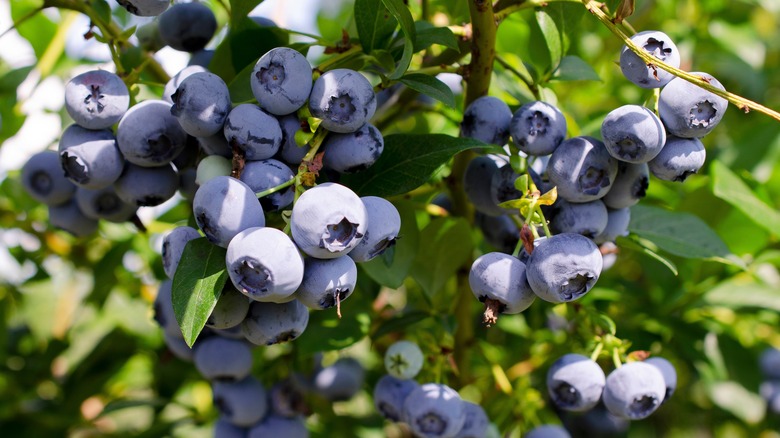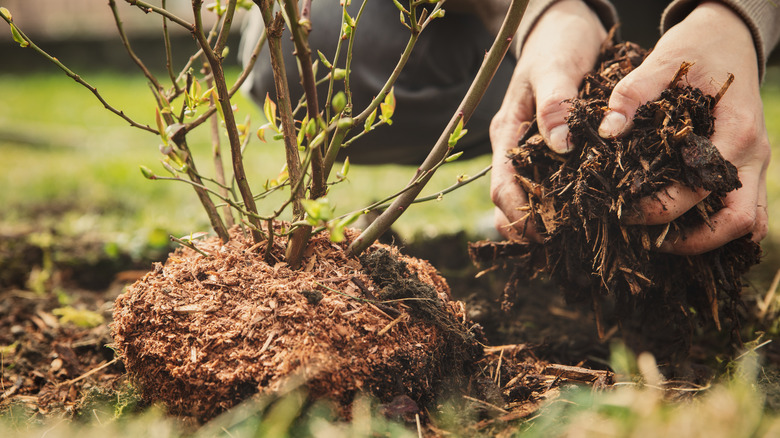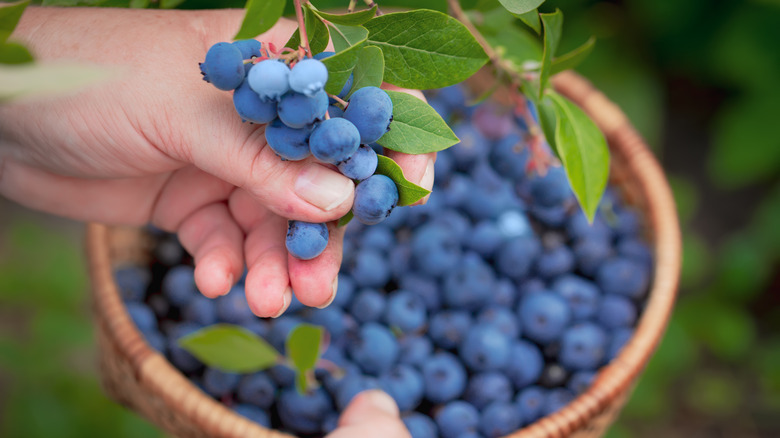Where To Plant Blueberry Bushes For The Ultimate Summer Harvest
We may receive a commission on purchases made from links.
It seems everybody loves blueberries. They are a delightful addition to any garden, and with their verdant foliage, aroma, and flavorful fruits, they create an honest sensory experience. However, getting the most out of your blueberry harvest requires some knowledge and planning, especially when it comes to where you decide to plant the bushes. Here, we delve into the ideal conditions and locations for planting blueberry bushes for the ultimate summer harvest.
Generally speaking, any successful blueberry cultivation is about where you plant your bushes and the care you provide throughout the growing season. Let's dig deeper and find out how we can actually achieve this. First, you must see to proper sun exposure. Blueberries thrive best in full sun, and while the shade is tolerable for them, the bush will surely yield less. That's not what we had in mind for an ultimate summer harvest, now, was it? No. So, be sure that they get at least six to eight hours of sunlight per day. Also, please keep in mind, while blueberries are relatively hardy, they don't fare well under strong winds that can damage their branches, stress the plants, and cause the soil to dry out more quickly. No biggie: Just try to plant them in a location that is sheltered by a fence, a building, or other plantings.
Preparing the location
Another crucial factor when finding a location for your blueberries is soil. The roots of a blueberry bush are quite short and therefore, it needs soil that can hold enough moisture and still stay well-drained. If your garden soil does not have proper drainage, the blueberry roots will suffocate. In that case, be sure to plant them in raised beds or pots with some coarse sand to improve drainage. But that's not all when it comes to choosing an ideal location: More preparation and care are still needed.
It's important not to overlook soil acidity as blueberries require soil that is between 4.0 pH and 5.0 pH — anything else will negatively affect their growth potential. If you do not have a soil tester yet, you can find one on Amazon that will tell you the soil pH for your blueberry bush.
Once the soil is ready, you must consider space. It's critical for blueberries: They need room for air circulation, yet also need to be close enough for cross-pollination. To ensure this, plant bushes about 4 to 6 feet apart to allow ample room for growth while promoting pollination.
Caring for your blueberry bush
Speaking of pollination: While some blueberry varieties are self-fertile, others will produce more abundant and larger fruit if cross-pollinated with another variety. If possible, do some research and look to plant two or more compatible varieties close to each other. To ensure pollination, choose varieties that will flower at about the same time, and then bees and other pollinators will do the rest.
Once your blueberry bushes are in the ground and settled, it's important to know how to grow and care for blueberry plants in order to get the best possible harvest. Blueberries benefit from yearly pruning to maintain plant size; remove old, unproductive wood; and encourage new growth. Consistent and plentiful watering is key, especially during the first couple of years after planting and during fruit development. Keep the soil consistently moist but not waterlogged. Mulch can play a critical role in retaining soil moisture and maintaining consistent soil temperatures. Try to apply a 2-to-4-inch layer of organic mulch, like pine bark or wood chips, around the base of the plants. This is ideal during the growing season around May and June and before you know it, it'll be July: harvesting time.
So remember, choose a sunny, well-drained, and sheltered location while also considering soil acidity, spacing, and pollination. Then all you have to do is commit yourself to regular watering and maintenance and you can look forward to a bountiful, sweet, and juicy summer harvest.


